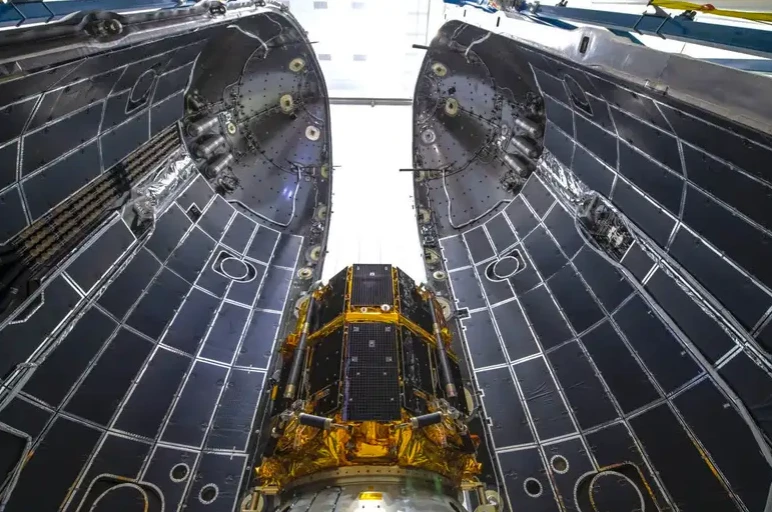Japanese firm ispace is racing to launch the first private lunar lander
Bacteria that cause leprosy may hold the key to regenerating liver / How to distinguish between a standard black hole and a wormhole
On November 30, the Japanese company ispace plans to launch its Hakuto-R lunar lander. If the mission is successful, it will be the first privately funded and built spacecraft to land on the moon – assuming it is not beaten by rivals scheduled to launch next year via a more direct route through space.
In 2019, the Israeli nonprofit SpaceIL attempted a similar landing with the Beresheet spacecraft, but the spacecraft suffered a fatal engine malfunction during the landing attempt and crashed into the lunar surface. Similar to SpaceIL, ispace began developing its lander as part of the Google Lunar X Prize, which offered a cash prize for the first privately funded moon landing to be successful. In January 2018, the prize expired without a winner, and to date, only governments — the United States, the Soviet Union, and China — have landed on the moon.

The ispace lunar lander inside the fairing of a SpaceX Falcon 9 rocket.
Since winning the X Prize, ispace has expanded into a multinational corporation with offices in Japan, the United States, and Luxembourg. Takeshi Hakamada, founder and CEO of ispace, states, "We're already a fairly international company, and I'd like to position ispace as an international bridge between the United States and other companies." The company currently has contracts with NASA and the European Space Agency (ESA) to land on the far side of the moon and collect samples of lunar dust and water, as well as other partnerships with companies and agencies around the globe.
The M-1 mission is scheduled to launch on a SpaceX Falcon 9 rocket on November 30 from Cape Canaveral, Florida. The lander will transport a small rover for the Mohammed bin Rashid Space Centre of the United Arab Emirates, an even smaller two-wheeled robot for the Japan Aerospace Exploration Agency (JAXA), and a prototype camera and flight computer for Canadian firms. If successful, not only will it be the first private moon landing, but it will also be the first time a spacecraft from Japan or the United Arab Emirates has visited the lunar surface.
The lunar trajectory of Hakuto-R is designed to require less fuel so that the spacecraft can carry more scientific payloads. Instead of flying directly there, it will use Earth's and the sun's gravity to give it a boost during its four-month journey. The 2-meter-tall craft will weigh approximately 1000 kilograms at launch, but the majority of that mass is propellant that will be burned en route; the lander will weigh only 340 kilograms when it lands.
The spacecraft will orbit the moon for approximately two weeks, with each orbit bringing it closer to the surface. If all goes well, the spacecraft will softly land in the Atlas crater. However, there is a slight snag in ispace's plan to be the first private company on the moon: there are two other American competitors. Although neither Nova-C nor Peregrine are scheduled to launch until early next year, they will take more direct routes to the moon and could potentially beat Hakuto-R there.
Hakamada says, "We don't care too much about who will land first." "Our vision is to create an economically viable lunar ecosystem – I don't believe that's possible with just one company, so we want multiple businesses to operate there." The company is developing two additional lunar missions with the intention of maintaining momentum with launches in 2024 and 2025.
End of content
Không có tin nào tiếp theo
